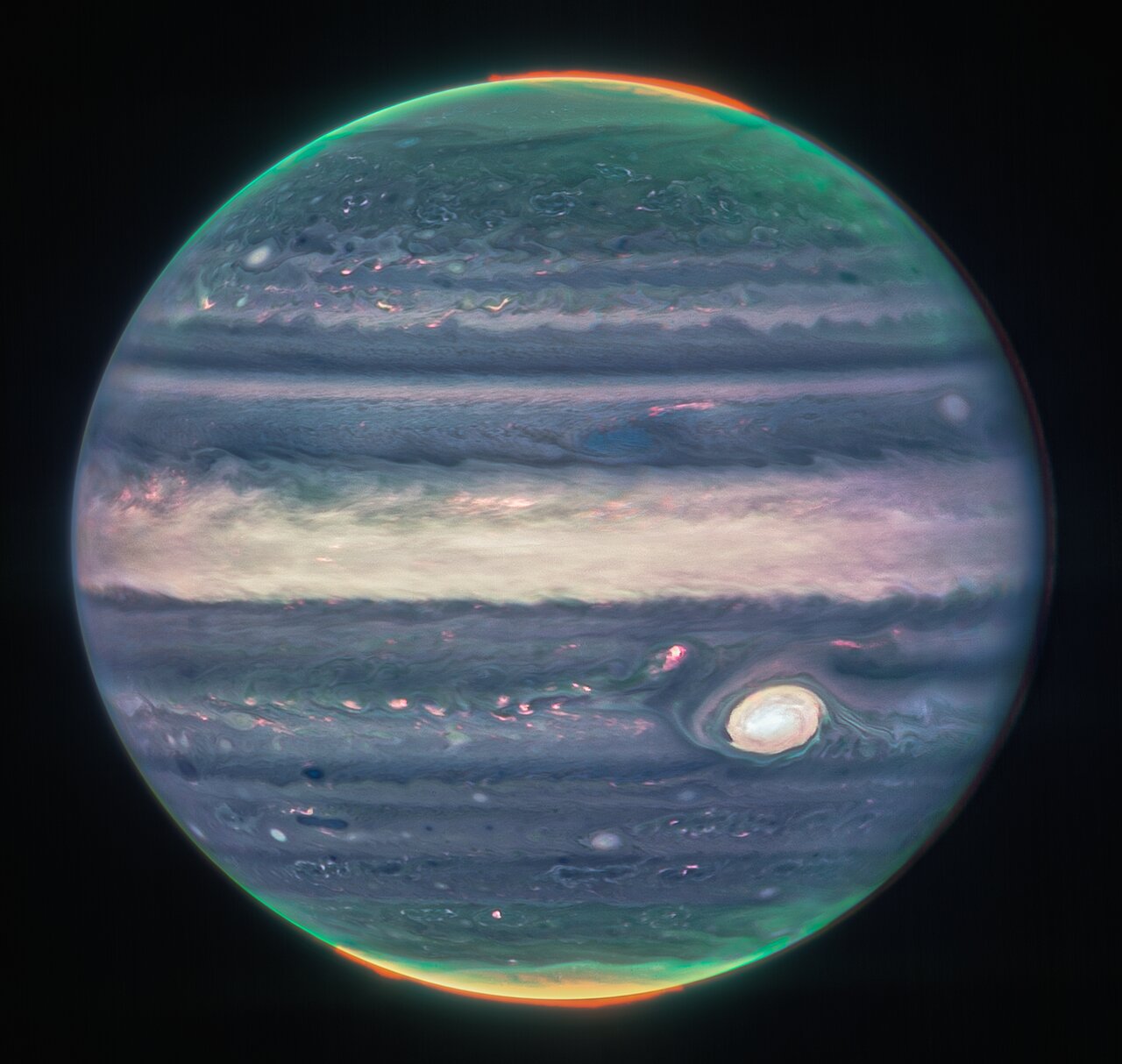Planet
A planet is a celestial body that is in orbit around the Sun, has enough mass to be roughly round in shape and has significantly more gravitational attraction than anything else near it.
The formal definition of what counts as a planet was decided upon by the International Astronomical Union (IAU) in August 2006. Firstly, for a celestial body to be classified as a planet, it has to orbit our Sun — meaning it must exist within our Solar System. Secondly, it must have enough mass that its gravity has formed it into an approximately round shape (in contrast to, for example, asteroids, which have irregular shapes). Finally, it must be the most gravitationally dominant object locally, meaning that it has cleared its neighbourhood of other celestial objects of significant mass (except for any of its satellites, such as a moon). It is this final criterion that caused Pluto to be demoted from a planet to a dwarf planet, as Pluto is not gravitationally dominant — it is actually affected by Neptune’s gravity and many objects in the Kuiper belt. Only eight known celestial bodies qualify as planets in our Solar System: Mercury, Venus, Earth, Mars, Jupiter, Saturn, Uranus and Neptune.
Webb is able to provide unique views of Mars and of the outer Solar System planets, at infrared wavelengths, that are only rivalled by pictures taken from spacecraft actually visiting those planets. Like the NASA/ESA Hubble Space Telescope, Webb even has one advantage over these probes: it can look at these planets periodically and so observe them over much longer periods (years) than any passing probe could.
Jupiter was the first planet to be imaged by Webb. First, during the commissioning stage just days after launch, when the telescope's ability to observe both the rings around and the moons near bright Solar System objects such as Jupiter was demonstrated. Then the first science images of the planet showcased the Jovian auroras — as you can also see above!
Mars is the only inner Solar System planet that Webb can observe, and the most challenging. Cold as it seems to us, the red planet is extremely bright at infrared wavelengths compared to the faint, distant galaxies that Webb normally targets. This infrared light mainly represents heat radiation, and astronomers will use Webb to study the heat differential across Mars. This will reveal information about the chemical composition of Mars's atmosphere — certain chemicals block and absorb infrared light more than others.
Neptune and Uranus have also been imaged by Webb, which is easily able to trace out the bright rings of each ice giant. The clear views of the planets' faint rings are the best astronomers have obtained in years, and are a preview of what's to come over Webb's lifetime.
You can browse all of Webb’s images of planets in our Solar System here.




